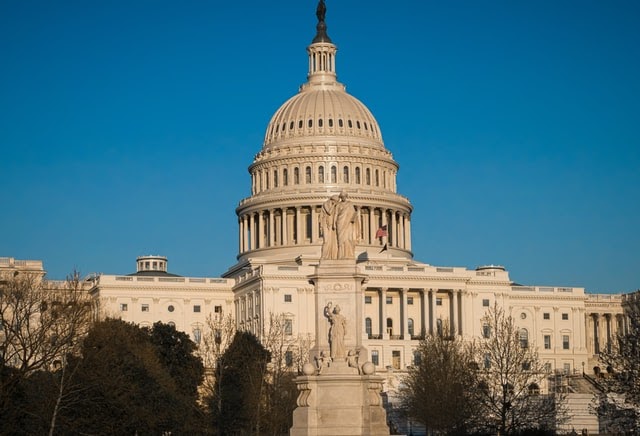The Moral Imperative of Stopping the Harmful Use of Hate Symbols
Following the events of January 6th, 2021, many of the symbols using during the attack on the nation’s Capitol building signal the rising threat in America of extreme right wing movements.
The rise of conspiracy groups within extreme right-wing parties has grown tremendously over the past decade in America. Some members of these groups were involved with the storming of the nation’s Capitol on January 6th, 2021.
A symbol is, in simple terms, defined as a representation of an abstract or literal concept. However, beyond that, it can also serve as the basis of a person’s identity. In many cases, symbols stand for one’s religious, political, and even social beliefs, deriving their power by uniting people of similar interests. For this reason, hate groups began to use influential icons and warp them into messages of hate and violence, usually to subdue minority groups.
This form of fear-mongering has been around for centuries, upholding the idea that the United States should revert to a nation that honors and is controlled by white supremacy.
In light of the recent events that have occurred on January 6th, 2021, when right-wing extremists breached the United States Capitol and attempted to incite an insurrection, they were accompanied by flags, signs, and banners that not only displayed hateful messages but also featured symbols of Neo-Nazism, fascism, and white supremacy. Some of these symbols were so subtly laid out on seemingly patriotic symbols that National Geographic writer Kristin Romey recently described in her article, “Decoding the hate symbols seen at the Capitol insurrection,” as being “a dog whistle to fellow white supremacists.”
For instance, the Three Percenters is a group of “militia” who use the original American flag created by Betsy Ross during the Revolutionary War with a Roman Numeral 3 stitched into the stars’ center. To the untrained eye, it appears as a representation of a historical flag. However, to them, the symbol flaunts the exclusive three percent that defended the American colonies during the war against Britain. Like most conspiracy claims, it is inaccurate and once more has been appropriated in order to support their white supremacist and conservative agenda.
These hate groups have a diverse following that includes people of all ages and races identifying on the spectrum of fascism. With today’s modern technology, chat rooms and group chats make it more accessible for these groups to draw in impressionable people with their conspiracy claims and other forms of propaganda. For that reason, prevalent groups such as QAnon are not only rapidly increasing in popularity but are also the hardest to defuse due to the deep roots that they have created online.
So what does this all mean? The future of the United States’ democracy is at risk with the rising rates of white supremacism and acts of violence, whether they are done online or in the Capitol building itself, as on January 6th, 2021.
If real change can occur, there must be active attempts to bring down these conspiracy groups by debunking their dark myths. Sadly, most people know that they will on occasion come across hateful posts when surfing the web. However, it is not enough to simply scroll past them. It is up to all people, especially our generation, who are the most susceptible to online posts, to report and speak out about white supremacist propaganda.
If real change can occur, there must be active attempts to bring down these conspiracy groups by debunking their dark myths.
Camila Kulahlioglu is an Editor-in-Chief for ‘The Science Survey.’ She hopes that her writing will inspire her peers to find new literary passions...

